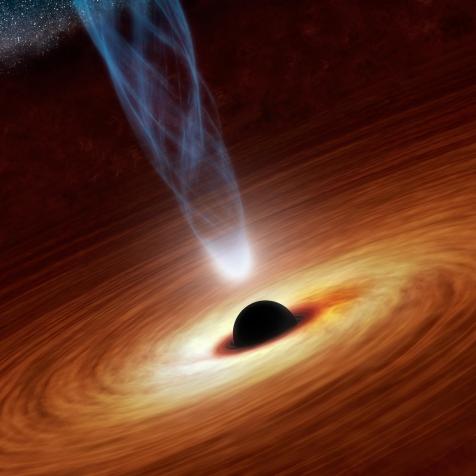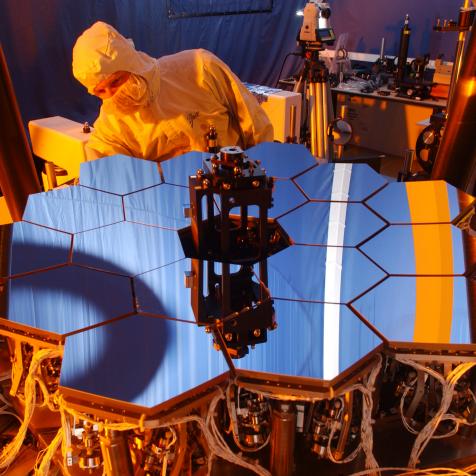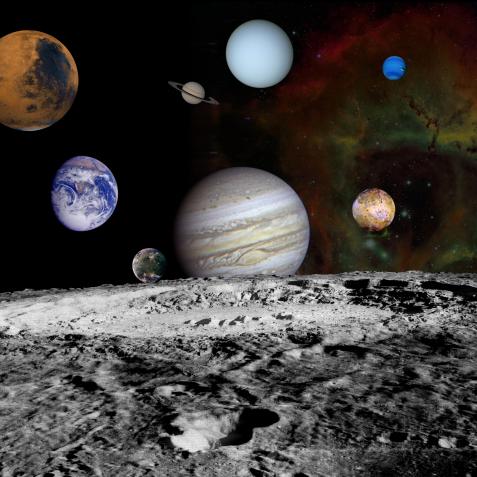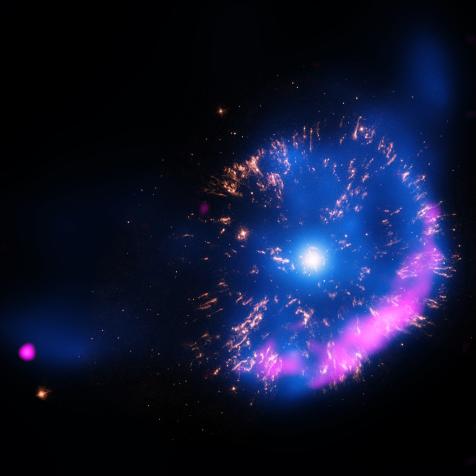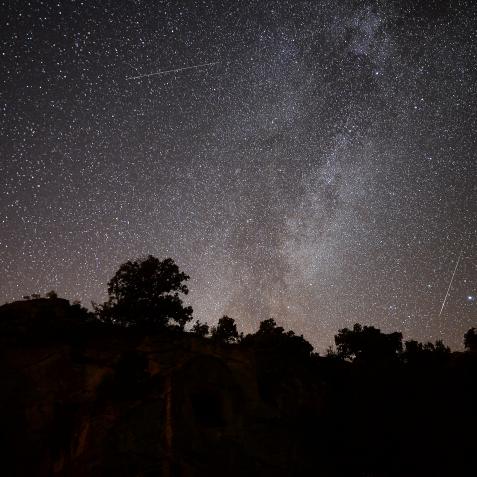
This Year, James Webb will Take a Close Look at a Lava World

The James Webb Space Telescope is gearing up to be an exoplanet extraordinaire. Among many other missions and targets, astronomers plan to use the observatory, now in its final stages of preparations to study…well, a world where it might rain lava.
Meet 55 Cancri e. This planet orbits a star about 41 light-years away. The parent star, 55 Cancri is similar in size and age to the Sun, and the planet itself sits in a rocky world. When it was first discovered, it was a candidate for a potential Earth 2.0 – after all, rocky planets around sun-like stars are relatively rare.
A couple of issues with that, however. 55 Cancri e is about eight times more massive, and almost twice as wide, as our planet. That classifies it as a “super-earth.” Second, it’s close to its parent star. Very close.
It orbits a mere 2.3 kilometers from its star on average. That’s only about 1.5% of the distance between the Earth and the Sun. to put that in perspective, 55 Cancri e orbits its star about 20 times closer than Mercury, and Mercury is a dead world constantly blasted by the Sun’s radiation.
The surface temperatures on 55 Cancri e are hot enough for it to…well, not have a surface. It’s so hot that the rocks that make up its crust melt under its parent star’s glare, turning the world into a permanent pool of lava. The planet has such a tight orbit that an entire year lasts only 17 hours.
Astronomers have known about 55 Cancri e since its initial discovery in 2004. So why is Webb taking a look?
Well, something funny is going on with this lava world. Astronomers had long assumed that this planet is tidally locked, meaning that it always presents the same face towards its parent star as it goes about its orbit, much like the Moon does to the Earth. In that scenario, the amount of heat coming off the day side should stay the same throughout its orbit.
But observations with NASA’s Spitzer Space Telescope have shown that the total amount of heat coming from the day side changes with time and that the hottest part of the planet is offset from the center of the day side.
One way to explain this observation is that 55 Cancri e has an atmosphere. On the Earth, our atmosphere circulates warm and cool air, keeping our nightside warm. But 55 Cancri e is way too hot for a gaseous atmosphere like our own. Instead, astronomers suspect that the dayside is so hot that the heat doesn’t just melt rocks, it vaporizes them, creating a thick haze that circulates the world. When it reaches the nightside, the vaporized rock cools off and condenses, falling like solid rain back onto the surface. There is circulates back through the lava oceans to the dayside where the cycle repeats itself.
It's an insane version of our weather system and a wild idea. But current observatories aren’t powerful enough to detect the presence of an atmosphere, which is where Webb will come in. During the observatory’s first campaign, astronomers hope to get a solid analysis of the planet, trying to understand one of the wildest places in the galaxy.
See the Latest Photos from JWST
Groundbreaking New Images of Jupiter Exceed NASA's Expectations
NASA’s James Webb Space Telescope captured new images of Jupiter revealing never-before-seen details of the planet.













